Light Blocking and Light Diffusion
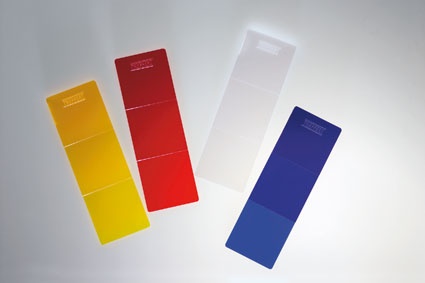

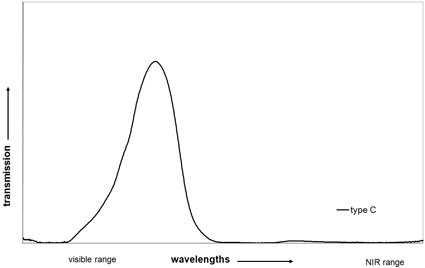
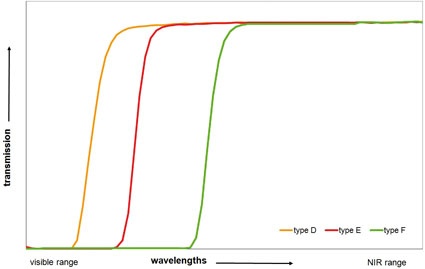

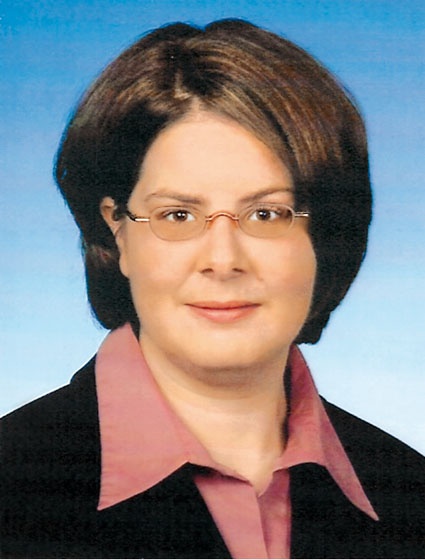
VIP-Visions In Plastics - The interaction between polymers and light can be seen in various ways. Specific wavelengths can be used e.g. for the joining or marking of polymers with laser, in optical systems for the illumination of certain areas or they can be blocked in pharmaceutical application. Another way is to diffuse the light in lamps for a better distribution of light without loss of intensity.
Since the middle of the last century, plastics more and more became an alternative material to wood and metal. For example, in the automotive industry it is nearly impossible to build a car without using plastics. Over the years, a number of different types of synthetic plastics were developed with material characteristics for a wide variety of applications. But also in the area of light blocking systems, filter systems and light diffusion applications polymers are becoming the material of choice.
Light Blocking and Filter Systems
The most known filters are glass filters which can be used e.g. as color filter or UV filter in photography. Another application is the selection of wavelength, polarization or angle of incidence in optics. Glass is the carrier material for the substances responsible for the filter function either incorporated in the glass or as surface substrate. Some reasons for the choice of polymer over glass in a variety of applications are material compatibility, recycling, weight, costs etc.
In the production of safety glasses for example, polymers are becoming the material of choice and are often substituting glass. In the medical industry light blocking systems are used for the protection of pharmaceuticals like vitamins against electromagnetic radiation.
Edge filters are mostly used in light blocking systems. These kinds of filters separate two spectral domains from each other. In one domain the material is translucent and in the other domain impermeable for electromagnetic radiation. The filter specific wavelength separating the transmissive and the absorbing domain is the edge. The sharpness of the edge is depending on the gradient, which can be more or less steep. The blocking of electromagnetic radiation is adjustable between the UV range (> 250 nm) up to the near-infrared range (around 1,200 nm).
Three Examples are Discussed in the Following:
In Fig. 1 the transmission curves of two UV blockers are shown. In the UV range the material is blocking the light transmission whereas at higher wavelengths the transmission values are increasing. The difference between type A and type B is the gradient of the edge, which is adjustable depending on the material.
The blocking of near infrared radiation can be seen in Fig. 2. In the visible a slight coloring cannot be avoided with these kinds of additives.
Edge filters can also be adjusted in the visible range as demonstrated in Fig. 3. The types D to F show edges at different wavelengths in the visible range.
In all of these cases amorphous polymers like polycarbonate (PC) were used. Due to its high transmission grades, polycarbonate has a high suitability for optical applications. But also crystalline polymers like polypropylene (PP) can be chosen depending on application and requirements concerning optical and mechanical properties. An increase in transmission of uncolored polymers by retaining mechanical properties is not possible in any wavelengths range.
Light Diffusion
The path taken by light through a transparent polymer can be influenced in many ways. For example, colorants absorb a part of the light spectrum, which changes the color of the part. Light diffusion additives added to a transparent polymer change the light refraction of the transmissive light resulting in a loss of contrast (milkiness) and a reduction in the clarity of an observed object without changing the light spectrum. So an object is harder to recognize the further away it is from the polymer part. The light diffusing material can be colored without losing the effect.
Polymers to which light diffusion additives have been added are used across a broad range of industrial applications. In back-lit switches and warning signs in dashboards of cars (day/night design) the light source (e.g. LED-lighting) is not seen as a point of light, rather, the light is spread throughout the surface (see figure 4). Glazing materials made from transparent polymers (PMMA, PC, PETG, etc.) are used for example in lamp covers, showcase glass and displays as well as in profiles and panels for bathrooms and kitchens. The exhibition industry uses light diffusion in nonreflecting plastic sheet for picture framing.
Masterbatches
Considering the importance of good dispersion for achieving high quality products, it is clear that the "delivery" system or form in which the effect is supplied to the processor is of vital importance. In masterbatches special additives and/or pigments and dyes are optimally dispersed at high concentration in a single carrier resin, a polymer similar in nature and type to the material to be colored. So customized products can be specifically formulated and the effect and/or color can be adjusted for the specific application.
Conclusion
Color follows function. This is also suitable for light blocking systems and light diffusion systems, as there is a direct link between color and the application. Masterbatches for color and function can be made to the customer's requirements.
Company
Treffert GmbH & Co. KGIn der Weide 17
55411 Bingen
Germany
most read

Pharma 4.0 – the Key Enabler for Successful Digital Transformation in Pharma
Part 1: Building a Business Case for Pharma 4.0

Q1 2025 Chemical Industry: Diverging Trends
The first quarter of 2025 highlights a continued divergence between the European and US chemical industries.
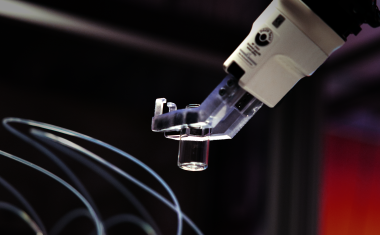
Lead or Lag: Europe’s AI Materials Race
How AI and Robotics are reshaping the race for materials discovery.

US Tariffs Fatal for European Pharma
Trump's tariff policy is a considerable burden and a break with previous practice.

Relocation of Chemicals Production Footprint in Full Swing
A new Horváth study based on interviews with CxOs of Europe’s top chemical corporations reveals: The majority of board members expects no or only weak growth for the current year.











